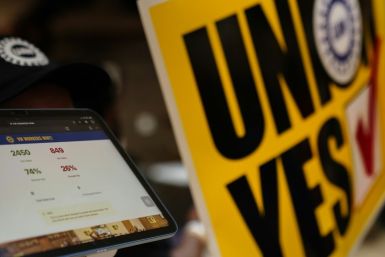Low back pain is often treated improperly, researchers report

Australian and international study authors have asserted that back pain is now the top cause of disability globally but is usually treated improperly. The majority of low back pain cases are being treated by simple physical and psychological therapies, the researchers say. A number of patients are referred for surgery or scans, told to rest from work and are prescribed with painkillers.
The new findings appear in a series of papers published on Wednesday in The Lancet medical journal. It has found that globally, years lived with a disability caused by low back pain rose by 54 percent between 1990 and 2015. It was mainly due to ageing and population increase.
The papers learned that urbanisation, sedentary lifestyles and the ageing global population would likely make the problem worse. The emergence of new technologies is also seen as another issue that exacerbates the problem. Australian back pain expert Professor Chris Maher and the lead author of another of the Lancet papers said that a better understanding of low back pain is necessary.
In a journal release, professor of epidemiology and preventive medicine at Monash University in Victoria, Australia and series co-author Rachelle Buchbinder said that the majority of cases of low back pain respond to simple therapies that allow people to stay at work. "Often, however, it is more aggressive treatments of dubious benefit that are promoted and reimbursed," Buchbinder added.
Low back pain affects the back between the bottom of the ribs and the top of the leg. It is a common condition with an estimated 540 million people globally now suffering from back pain at any one time. A number of treatments used over the years, however, have been found to be ineffective.
In Australia where low back pain is a problem, several people receive low-value care that wastes money because they are ineffective and even harmful sometimes. Buchbinder noted that people suffering from low back pain are not receiving the evidence-based care that could really help them.
More than 3.7 million people experienced back pain in Australia, the ABC reports. The country reportedly spends $4.8 billion per year on the management of low back pain.
While there are ineffective treatments, some options such as physiotherapy and exercise do appear to help. Buchbinder’s advice is not to treat back pain as an "injury" but as an issue that comes and goes. It can be effectively managed in many cases.






